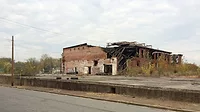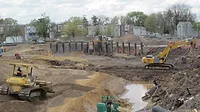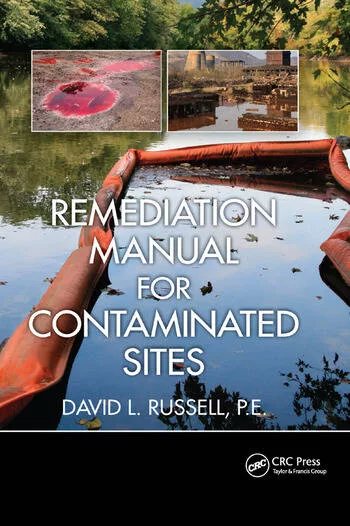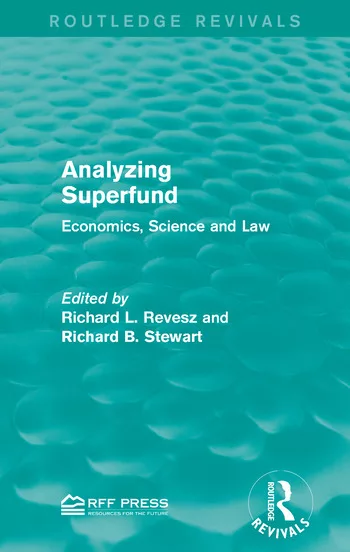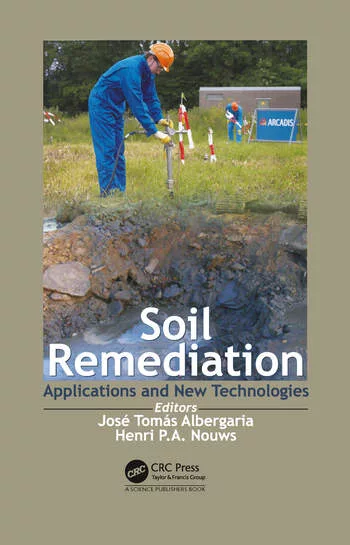New Federal Guidance Speeds Up Lead Cleanups at Superfund Sites
But not everyone’s convinced
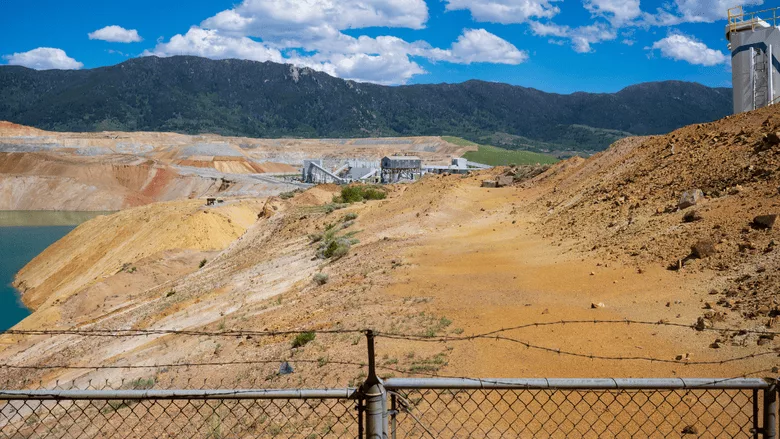
Image via Jonathan W. Cohen from Getty Images
The U.S. Environmental Protection Agency (EPA) has introduced a new national strategy to clean up lead-contaminated residential soil faster, particularly at Superfund and hazardous waste sites. Framed as a decisive step to protect families and children from harmful lead exposure, the policy also marks a sharp departure from the agency’s prior approach under the Biden administration.
While EPA officials and supporters say the changes will cut delays and deliver overdue protections to communities, others are raising concerns about transparency, community engagement, and whether the rollback of previous safeguards could do more harm than good.
“Children can’t wait years for us to put a shovel in the dirt,” said EPA Administrator Lee Zeldin. “We’re moving as quickly as possible to protect communities by using all of the tools available to us. Our children deserve fast action.”
The new guidance establishes:
- A regional screening level of 200 parts per million (ppm) for lead in residential soil
- A removal management level of 600 ppm
- A target blood lead level of 5 micrograms per deciliter for children to inform remediation goals
EPA says these benchmarks, combined with streamlined cleanup procedures and earlier collaboration with state and local governments, will speed up site decisions and reduce lead exposure more effectively than before.
Officials also highlighted new tools and processes, including a planned National Center of Excellence for Residential Lead Cleanups and improved contracting mechanisms to accelerate cleanup efforts. The aim, according to the agency, is to create “multiple layers of protection” — from quicker soil remediation to increased public education and communication.
Critics Say Speed Must Not Undermine Safety
But not everyone sees the update as an unequivocal win. Environmental advocates and some public health experts worry that in the rush to act quickly, the agency may be sacrificing thoroughness, local input, and long-term safety.
“The problem with streamlining is that it often leaves communities behind,” said Maria Lopez, an environmental health researcher and community advocate in St. Louis. “People living near these sites need to be part of the decision-making process. If you speed past them, you risk repeating the same mistakes that made cleanup efforts so frustrating in the first place.”
Critics also question whether the new thresholds are protective enough. Some argue that 200 ppm as a screening level may not reflect the latest science on how small amounts of lead can still harm children, particularly those in high-risk areas.
There’s also political tension. The agency has framed the changes as correcting “analysis paralysis” caused by Biden-era policies, but some former officials say the previous guidance aimed to improve scientific rigor and community trust — even if it took more time.
“It’s not just about how fast you move,” said a former EPA regional director who asked to remain anonymous. “It’s about getting it right. Communities deserve both speed and certainty, not a trade-off between the two.”
Beyond soil, the EPA has been active on other fronts. In 2025 alone:
- The Office of Water funded replacement of more than 110,000 lead service lines and awarded $26 million in testing grants for schools and childcare centers
- The Office of Chemical Safety and Pollution Prevention certified over 37,000 contractors and technicians
- The Office of Air and Radiation proposed updated emissions rules for secondary lead smelters
Together, these initiatives represent a cross-agency effort to tackle lead exposure at its many sources — from water to air to housing. But some watchdog groups say the patchwork of actions still lacks a clear national roadmap with community voices at the center.
The EPA says it will continue to use site-specific factors, including community input, soil background levels, and local health data, to inform decisions. But with the new guidance in place, pressure is on to show results — both in speed and in public trust.
Whether this new chapter in lead cleanup will strike the right balance between urgency and accountability remains to be seen.


